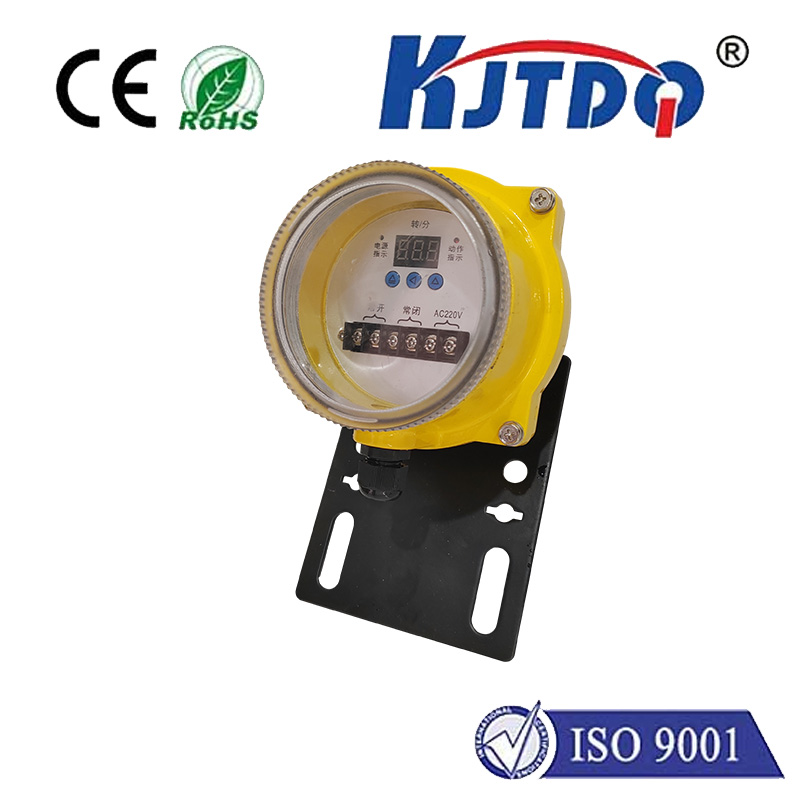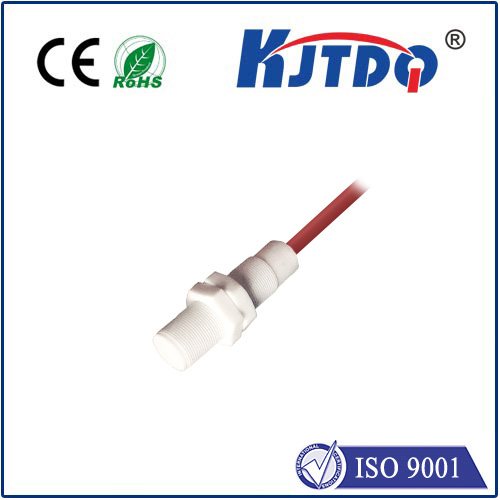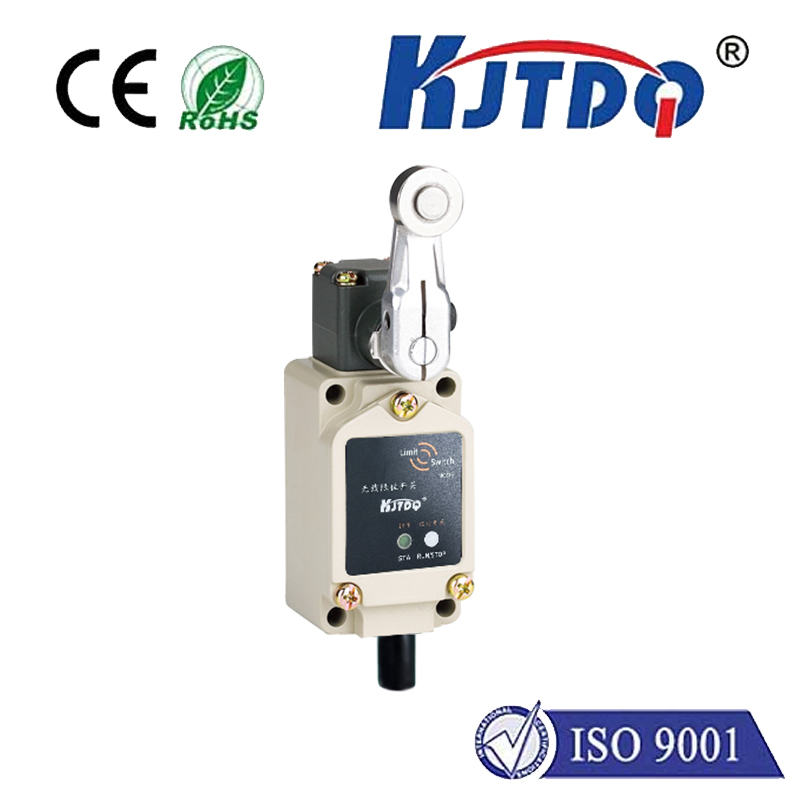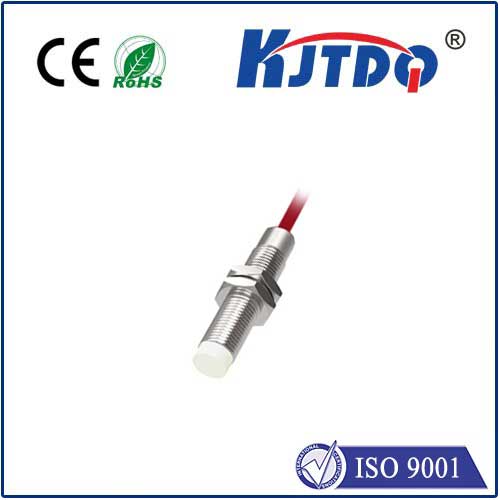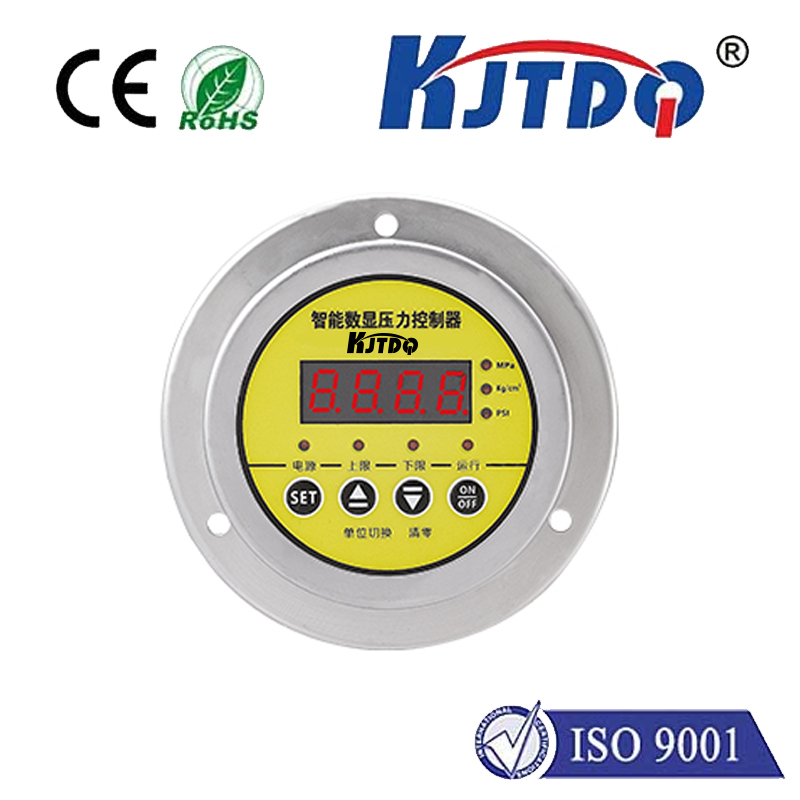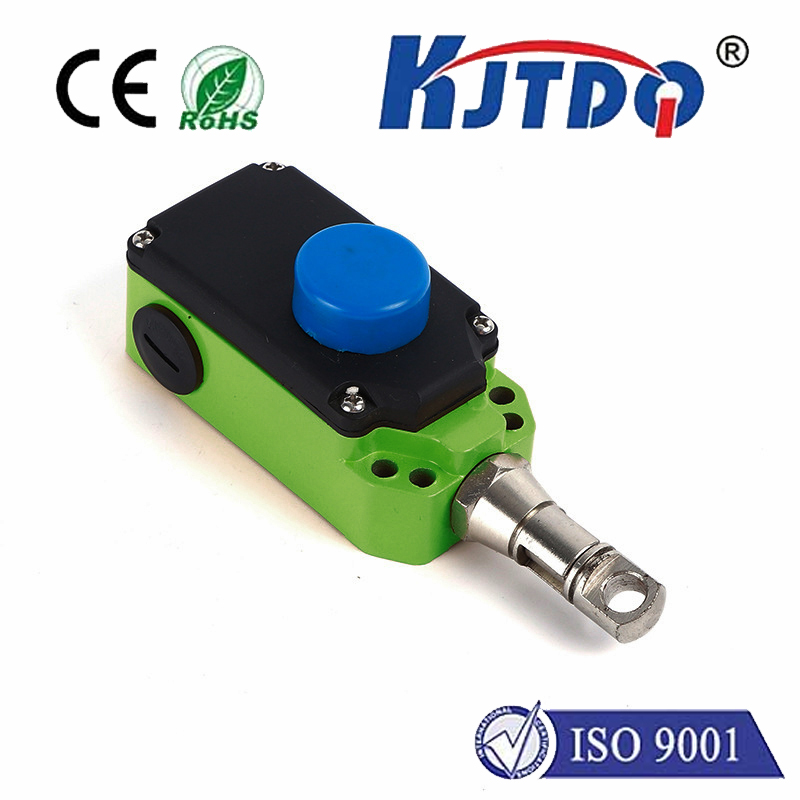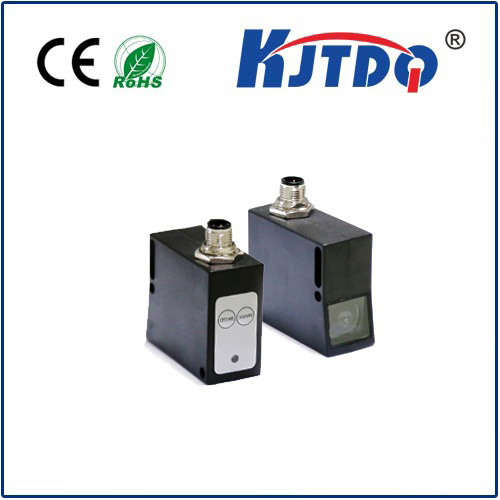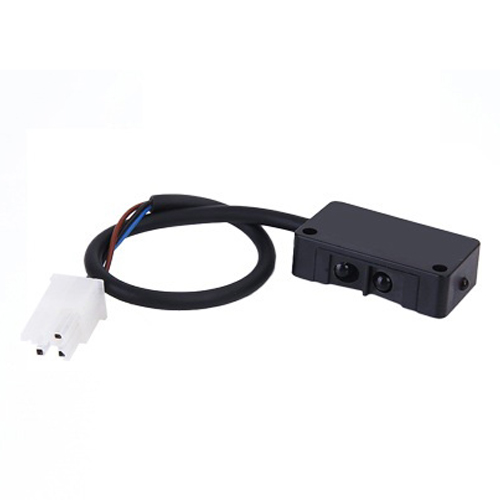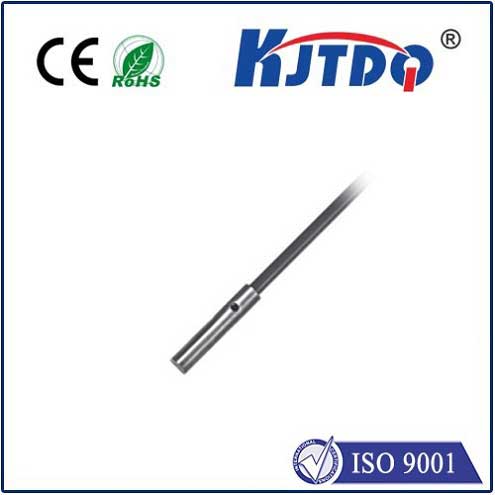Тип датчика оптического приближения
- time:2025-07-15 09:05:35
- Нажмите:0
Optical Proximity Sensor Types: Illuminating Detection Solutions for Modern Applications
That moment your smartphone screen dims when held to your ear, or an elevator door gracefully halts before bumping into you – that’s the subtle magic of optical proximity sensors at work. These ingenious devices, fundamental to countless automated systems, rely on light to detect the presence or absence of an object within a specific range without physical contact. Understanding the diverse Тип датчика оптического приближения is crucial for selecting the optimal solution for applications spanning consumer electronics, industrial automation, robotics, and safety systems. This guide delves into the primary categories, showcasing their unique working principles, strengths, and ideal use cases.
The Core Principle: Light as the Messenger
At their heart, all optical proximity sensors operate on a simple premise: they emit a beam of light (typically infrared or visible LED, sometimes laser) and then detect how this light interacts with the environment. The nature of this interaction – whether the light beam is broken, reflected back, or its travel time is measured – determines the sensor type and its specific capabilities. This non-contact detection offers significant advantages, including no mechanical wear, high switching speeds, and the ability to sense diverse materials.
Breaking Down the Main Optical Proximity Sensor Types
The classification primarily hinges on the emitter and detector arrangement and how the target object interacts with the light. Here are the four most prevalent types:
- Through-Beam Sensors (Opposed Mode):
- How They Work: This design employs two separate, opposing units. One unit houses the light emitter, while the other, positioned directly across from it, contains the light detector. Detection occurs when an object physically interrupts the light beam traveling from the emitter to the receiver.
- Key Advantages:
- Longest Sensing Range: Capable of detecting objects several meters away.
- High Reliability & Accuracy: Immune to target color, reflectivity, or surface finish – it simply detects beam interruption.
- Excellent Signal Stability: Strong signal strength due to direct, unobstructed beam path when clear.
- Limitations:
- Installation Complexity: Requires precise alignment of two separate units.
- Potential Alignment Issues: Vibration or physical impact can misalign the emitter and receiver.
- Higher Cost: Involves purchasing and mounting two components.
- Common Applications: Object counting on high-speed conveyor belts, security systems monitoring entry points (light curtains), detecting large objects in material handling, paper break detection in printers.
- Retro-Reflective Sensors (Reflex Mode):
- How They Work: Both the light emitter and detector are housed within a single unit. The sensor relies on a special reflector (typically a prismatic reflector or tape) placed opposite it. The emitted light travels to the reflector and bounces directly back to the detector in the same unit. Detection occurs when an object passes between the sensor and the reflector, blocking the reflected beam from reaching the detector.
- Key Advantages:
- Simpler Installation: Only requires aligning the sensor unit with the reflector, eliminating complex wiring between separate emitter/receiver.
- Good Sensing Range: Longer range than diffuse sensors, though generally less than Through-Beam.
- Эффективность затрат: Often cheaper than Through-Beam due to single-unit design.
- Limitations:
- Reflector Dependency: Requires a clean, properly aligned reflector; dirt or misalignment causes false triggers or failures.
- Target Reflectivity Sensitivity: Highly reflective objects passing near the sensor might reflect enough light back themselves, potentially causing false non-detections.
- Limited Range vs Through-Beam: Range is constrained by reflector efficiency.
- Common Applications: Detecting vehicles or pallets at warehouse doors, presence detection on packaging lines, people/object detection through doorways (where a reflector can be mounted), pallet height detection.
- Diffuse Reflective Sensors (Proximity Mode):
- How They Work: Like Retro-Reflective sensors, the emitter and detector are collocated in a single unit. However, no external reflector is used. Instead, the sensor relies on light diffusely reflected off the target object itself. Detection occurs when sufficient reflected light from the object reaches the detector within the unit.
- Key Advantages:
- Simplest Installation: Requires only one unit; no separate emitter, receiver, or reflector needed. Easy mounting.
- Most Compact Size: Ideal for space-constrained applications.
- Эффективность затрат: Generally the most economical optical proximity sensor type.
- Limitations:
- Shortest Range: Effectiveness is heavily dependent on the target’s size, color, texture, and reflectivity. Dark, non-reflective objects are harder to detect. Range is significantly shorter than Through-Beam or Retro-Reflective types.
- Background Interference: Objects behind the target or the background itself can reflect light, potentially causing false triggers if not carefully configured (background suppression variants help mitigate this).
- Target Sensitivity: Performance varies widely based on the target’s optical properties.
- Common Applications: Smartphone screen dimming during calls, detecting fill levels in transparent bottles, detecting objects on conveyors (especially with consistent appearance), robotic arm end-of-travel detection, consumer appliances (e.g., paper detection in printers/copiers). Diffuse reflective sensors are arguably the most ubiquitous in everyday electronics.
- Time-of-Flight (ToF) Sensors:
- How They Work: Representing a more advanced principle, ToF sensors emit a light pulse (often modulated infrared or laser). They precisely measure the time it takes for that pulse to travel to the target object and reflect back to the sensor’s detector. Distance is calculated directly using the speed of light formula (Distance = (Speed of Light × Time of Flight) / 2).
- Key Advantages:
- Direct Distance Measurement: Provides actual distance information, not just presence/absence.
- Good Range & Resolution: Capable of moderate ranges with relatively high distance resolution.
- Less Sensitive to Target Properties: While reflectivity still affects maximum range, ToF is generally less sensitive to color variations than diffuse sensors. Background suppression is inherent.
- Limitations:
- Higher Complexity & Cost: More sophisticated electronics than basic photoelectric sensors.
- Ambient Light Sensitivity: Performance can degrade under
